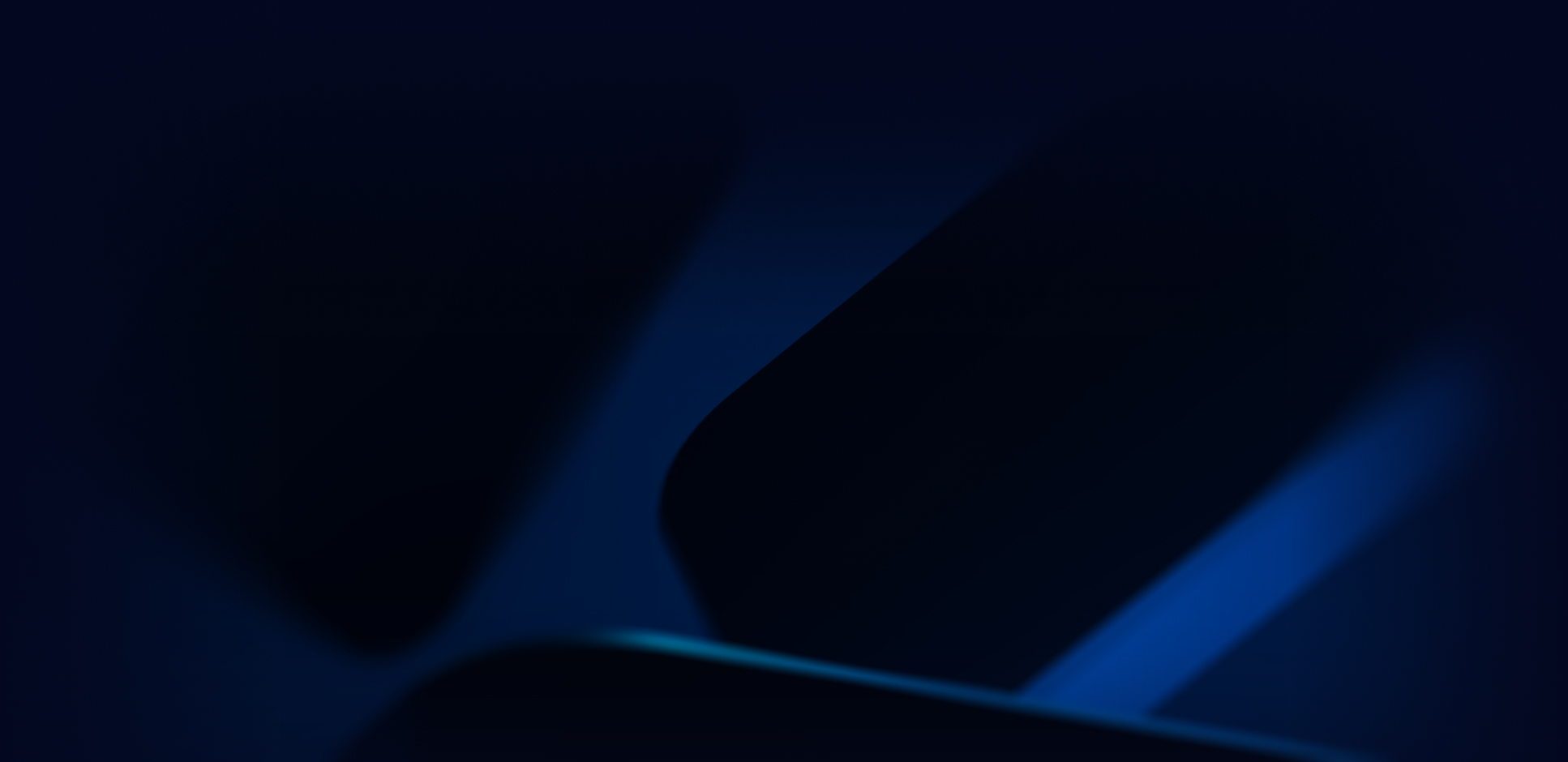
October 1, 2021 6 minutes read
Utilizing Blockchain To Build A Smart Economy for AI Services

Artificial Intelligence (AI) is different from Human Intelligence!
It is different in that machines, especially, exhibit a unique form of intelligence.. But there is a lot more depth to the subject before we show you a direct comparison. For starters, AI has three distinct levels; Narrow AI, General AI & Super-intelligence.
We can briefly describe these different levels as follows:
- Narrow AI: involves the execution and fulfilment of domain-specific tasks based on pre-programmed logic using algorithms.
- General AI: this is when the system matches human beings’ cognitive abilities.
- Super-Intelligence: is the ultimate stage where the cognitive abilities demonstrated by an intelligent machine surpass average human intelligence.
Currently, the next wave of innovations in AI and blockchain is approaching, hindered less by skill or ability but by a lack of opportunity and available paradigms to work with.
AI in general is not widely available to the public as a tool to utilize. The community is slowly advancing towards this goal, even as experts project the AI economy to increase by billions in the coming decade.
This problem, in large part, is due to the concentration of AI market shares in the control of large companies. These companies focus on their uniquely specific and narrow product/service markets.
Challenges On the Road to AI Revolution
When surveying the AI landscape, one must identify challenges that need to be overcome in order to usher in an AI revolution. Openfabric’s ecosystem based on blockchain specifically addresses these challenges by leveraging features of a Distributed Ledger.
Decentralization
The current landscape is dominated by centralized AI such as Google AI, IBM’s Watson, Microsoft Azure AI, and the likes. While there are obvious advantages to the companies whose services are provided under this model, there are disadvantages as well.
Resource unavailability hinders execution in a centralized system, and the effects multiply without distributed resources.
Storage is another issue that decentralization resolves along with more robust governance.
Security
It is important to protect end-user privacy and guarantee intellectual property rights. Formal ownership and privacy are possible in Openfabric’s blockchain ecosystem as opposed to large centralized AI providers. These providers can peek into the information garnered in their data centers. Security is also the bedrock of the incentives provided to AI innovators.
Computation
An important part of the development of AI is the training component. This is the place where we train and prime the AI application for operational service. Therefore, network participants can take part in a sustainable “economy of innovation” by renting out underutilized computing power.
Accessibility
To have a truly public AI Revolution, we must have greater ease of use not just for developers but also for end-users, tools, and related applications.
Interoperability
One of the major challenges in unlocking innovation is the establishment of an ecosystem that permits and incentivizes the use of standardized interfaces to allow multiple AI agents to collaborate and connect in providing solutions to complex problems.
Smart Economy
To have our blockchain ecosystem propel innovation and growth, we have created a built-in robust exchange medium that facilitates fair transactions between suppliers and consumers of AI services.
Data Streams
The blockchain ecosystem provides mechanisms to distribute and consume vast amounts of data for training and execution.
Openfabric and the Internet of AI
In a centralized approach, we must achieve AI security and reliability. However, the privatization of components along with a few large players dominating the ecosystem are major drawbacks.
Decentralized approaches have been maturing in service provision but there remains a need for flexibility, standardization, and a fundamentally open community.
It is with the above in mind that Openfabric is approaching the problem head-on to put forth an amalgam of positive outcomes from both worlds.
This is what will move the needle closer to the Internet of AI (IoAI).
Architecture Overview
By utilizing the power of blockchain, advanced cryptography, distributed ontologies, and trusted execution, Openfabric is developing a novel infrastructure to support an authentic AI revolution. The system provides a fluid medium where AI agents can collaborate to seamlessly provide advanced features.
Openfabric’s ecosystem uses a distributed secure rating mechanism to establish trust between AI agents, thus enabling interoperability.
The overall architecture has four layers:
1. Stakeholders
- Service Consumers represent the end-users looking to solve specific business problems to enhance their core product/service offerings.
- AI Innovators are the heart of the system creating practical and sophisticated AI algorithms to solve complex problems in an ecosystem that encourages cooperation.
- Data Providers are another key component that provide data to train, test, and develop AI. Companies have an incentive to license their datasets to AI innovators and data providers.
- Infrastructure providers bring to the table the platform and hardware capabilities required to both develop and train AI algorithms.
2. Openfabric Platform
- The Openfabric Store (DApp) is an in-built marketplace that provides the end-user with access to platform functionalities such as consuming or supplying AI services.
- The Openfabric Toolkit contains libraries, frameworks, and tools for AI Innovators.
- The Openfabric SDK provides programing access to the platform’s functionalities. It is available to both AI Innovators and Data Providers.
- The Openfabric Daemon represents the client maintaining a connection to the network. It is available to both AI Innovators and Data Providers.
3. Openfabric Network
This is the network layer where nodes operate to implement the core services and the execution environment for the platform.
This layer provides core services by integrating modules such as storage, execution, interoperability, and rating. In essence, this is the base protocol layer that binds together the architecture to power the Openfabric ecosystem.
4. Distributed Ledger Technology/Blockchain
Blockchain technology ensures that features such as trust, security, and transparency are present. The platform is agnostic to which specific DLT solution is present.
A consortium of companies running nodes maintains the ledger state. Overall, this is the communication backbone of the ecosystem that provides storage support, decentralized technology integration, state management, resource allocation, etc.
In addition, a set of protocols and procedures enforce secure governance and fairness. Distributed Operating System (DOS) supervises these overall network services, resources, and processes, running on a network of trusted P2P nodes to ensure the proper functioning of the system.
About Openfabric
Openfabric is creating an AI ecosystem with the aforementioned layers and components. In this AI ecosystem, everyone quickly, easily, and affordably accesses powerful AI algorithms and services that can be seamlessly integrated with new products and services. Our goal is to enhance our offerings and establish markets for new products.
Openfabric is a secure, scalable, interoperable, and decentralized platform. It makes it easy for AI researchers and developers to connect to consumers and businesses that need AI capabilities. It will help anyone who wants to tap into the vast potential of AI algorithms and applications to do so and to create AI-powered products, services, and solutions of their own.
To learn more about how Openfabric is creating a seamless, effective, integrated, and hassle-free AI access platform for all that will help AI developers, researchers, and companies monetize their work, please visit us at www.openfabric.ai.

